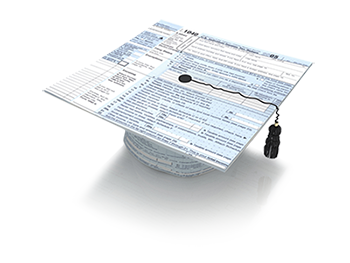

There are potential defenses to a preference claim, and creditors who face potential exposure should take care to preserve the accounting records that may become necessary to assert those defenses in the future. Exposure for preference liability can be devastating, and in some instances even threaten the continued viability of the creditor who received the preference. In large bankruptcy cases that can be hundreds of lawsuits. In many bankruptcy cases the trustee will sue virtually every trade creditor who received a check that cleared within 90 days of the bankruptcy petition. To achieve equal treatment, some creditors who received payment within 90 days of the bankruptcy can be forced to return the money to the bankruptcy estate so it can be shared with other creditors.

The objective of the law of preferences is to promote equal distribution to creditors. In fact, the preference statute presumes that the payment was made on a legitimate debt. It makes no difference that the creditor had earned the money and didn’t do anything wrong.
#Bankruptcy preferential treatment code
The Bankruptcy Code gives bankruptcy trustees the right to sue to recover certain types of payments made within 90 days of the bankruptcy filing (or one year in the case of payments to insiders), that result in preferential treatment to certain creditors over others. If a demand for reclamation is successful, it can reduce the seller’s exposure in the bankruptcy, or at a minimum give the seller a priority administrative claim that is entitled to payment ahead of general unsecured creditors.Īnother concern is whether the creditor has potential exposure for a “preference” claim.

For example, if the goods are raw materials that have been converted into finished products they are not recoverable. The goods must be in the possession of the buyer in their original form and have been sold in the ordinary course of business. Under the Utah Uniform Commercial Code (section 70A-2-702(2)), the seller must ordinarily make a written demand within 10 days after the buyer has received the goods. The Bankruptcy Code and the Uniform Commercial Code preserve, under certain conditions, the right to reclaim goods sold to an insolvent buyer. If the creditor company has recently shipped products to the bankrupt customer on credit, it should immediately consider whether to assert a right to reclaim the products. It is important for businesses facing this dilemma to bear in mind that the law provides creditors with substantial rights, and actions that a creditor takes or doesn’t take can make a significant difference to its ultimate recovery. Many businesses face a customer’s bankruptcy proceeding with an attitude like that of a condemned soul in Dante’s Inferno, where the sign above the entrance reads: “Abandon all hope ye who enter here.” After the initial anger and frustration subside, however, the question arises: “What do I do now?” There are many potential answers to that question, depending on such things as the size and importance of the receivables to the company, whether the bankruptcy is a Chapter 11 reorganization or a Chapter 7 liquidation, whether the debt is secured or unsecured, and other considerations.

Sooner or later virtually all businesses face the specter of a customer who owes them a significant amount of money filing for bankruptcy.


 0 kommentar(er)
0 kommentar(er)
